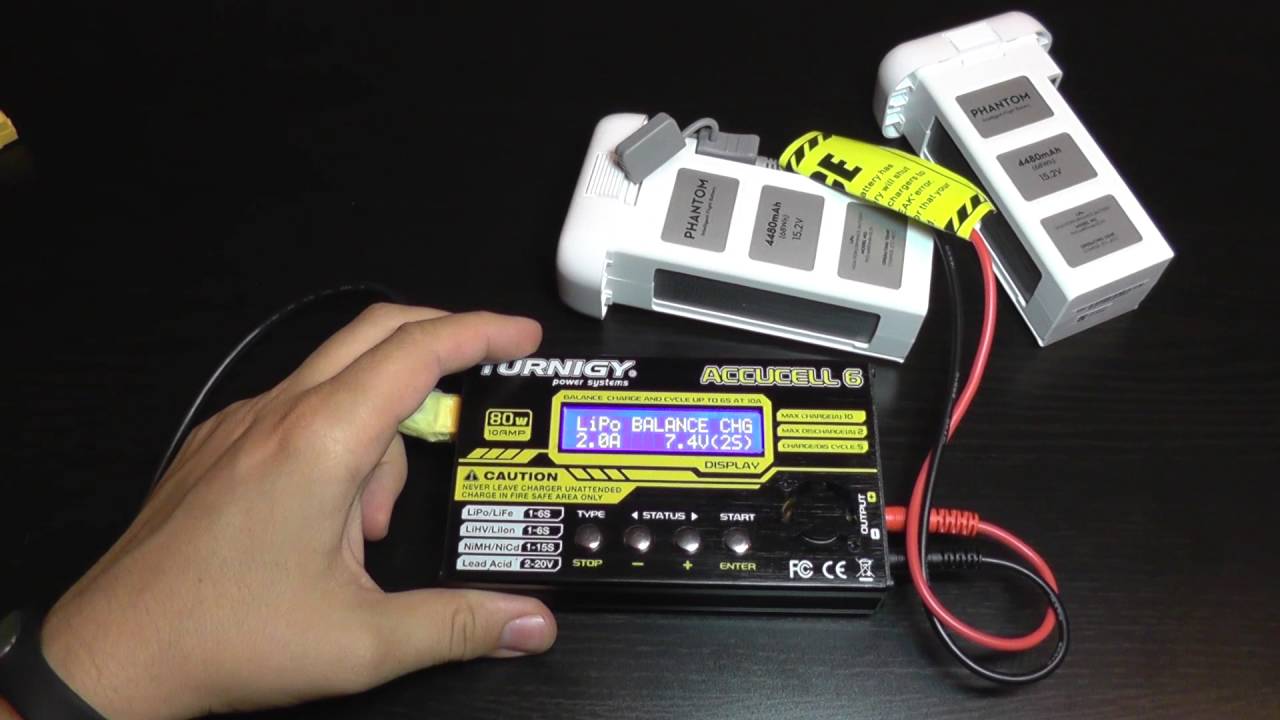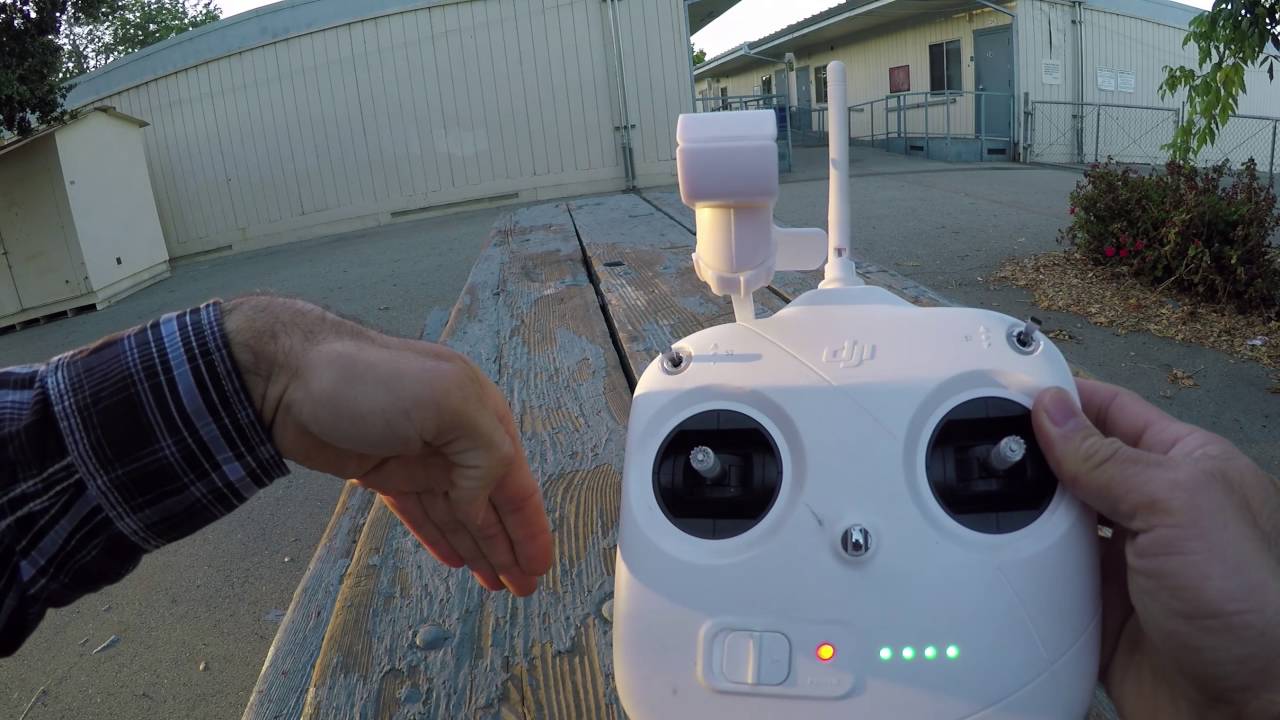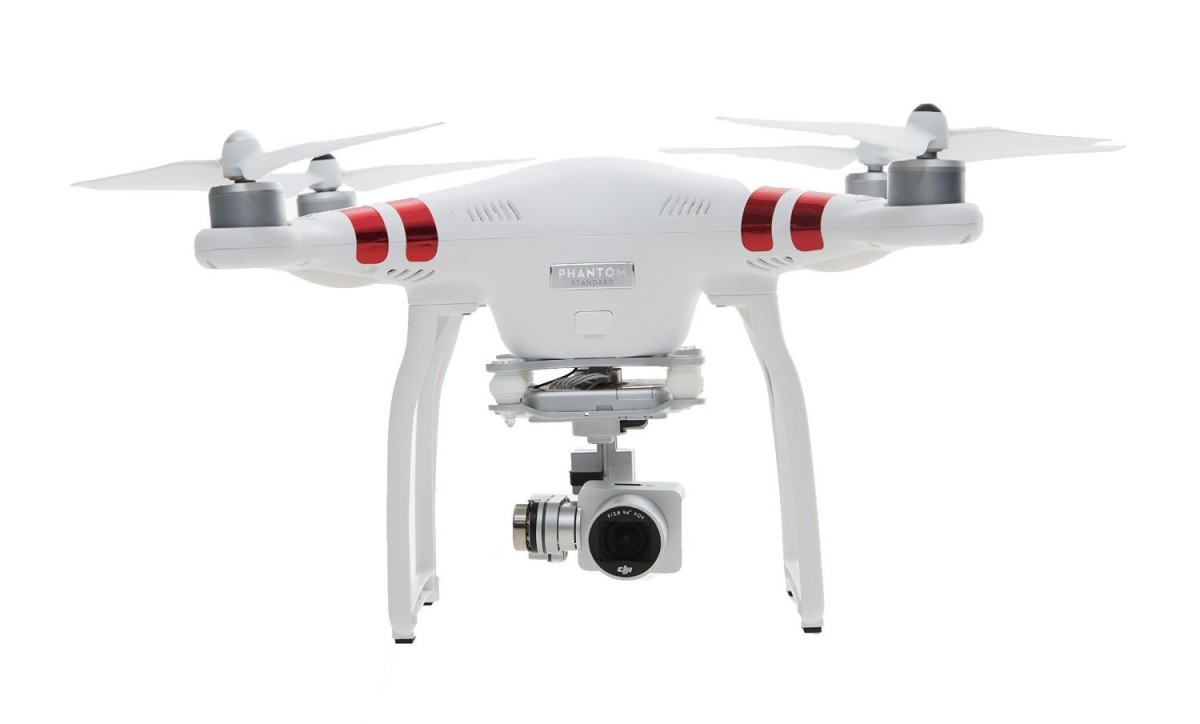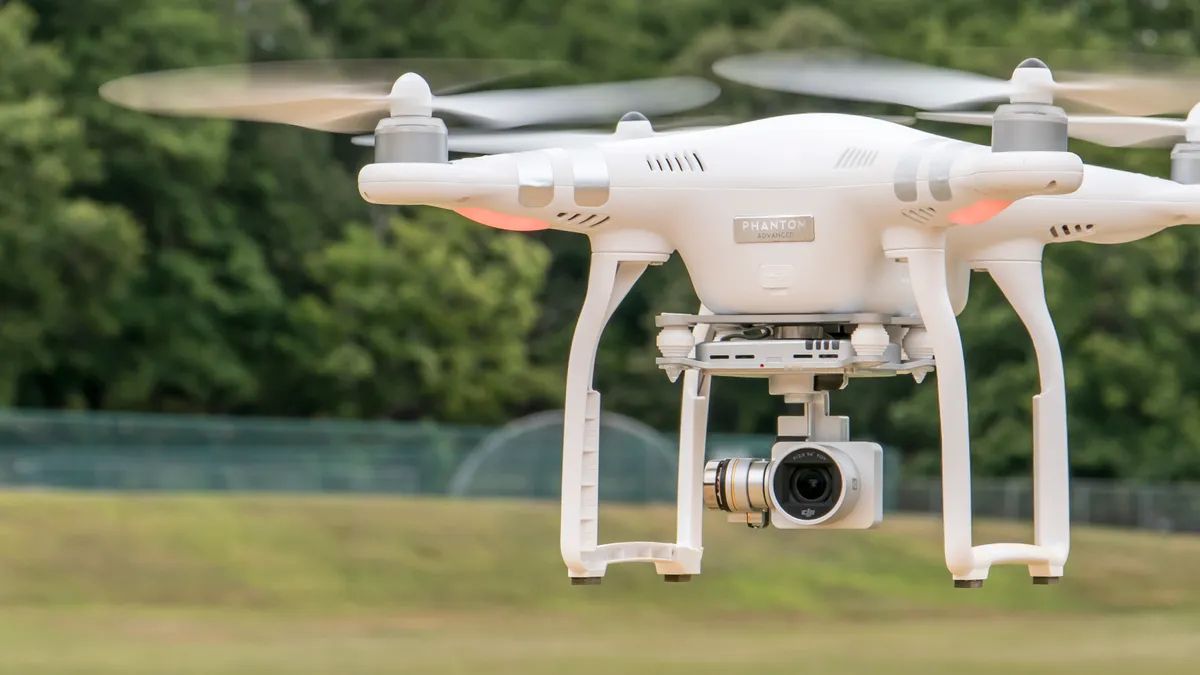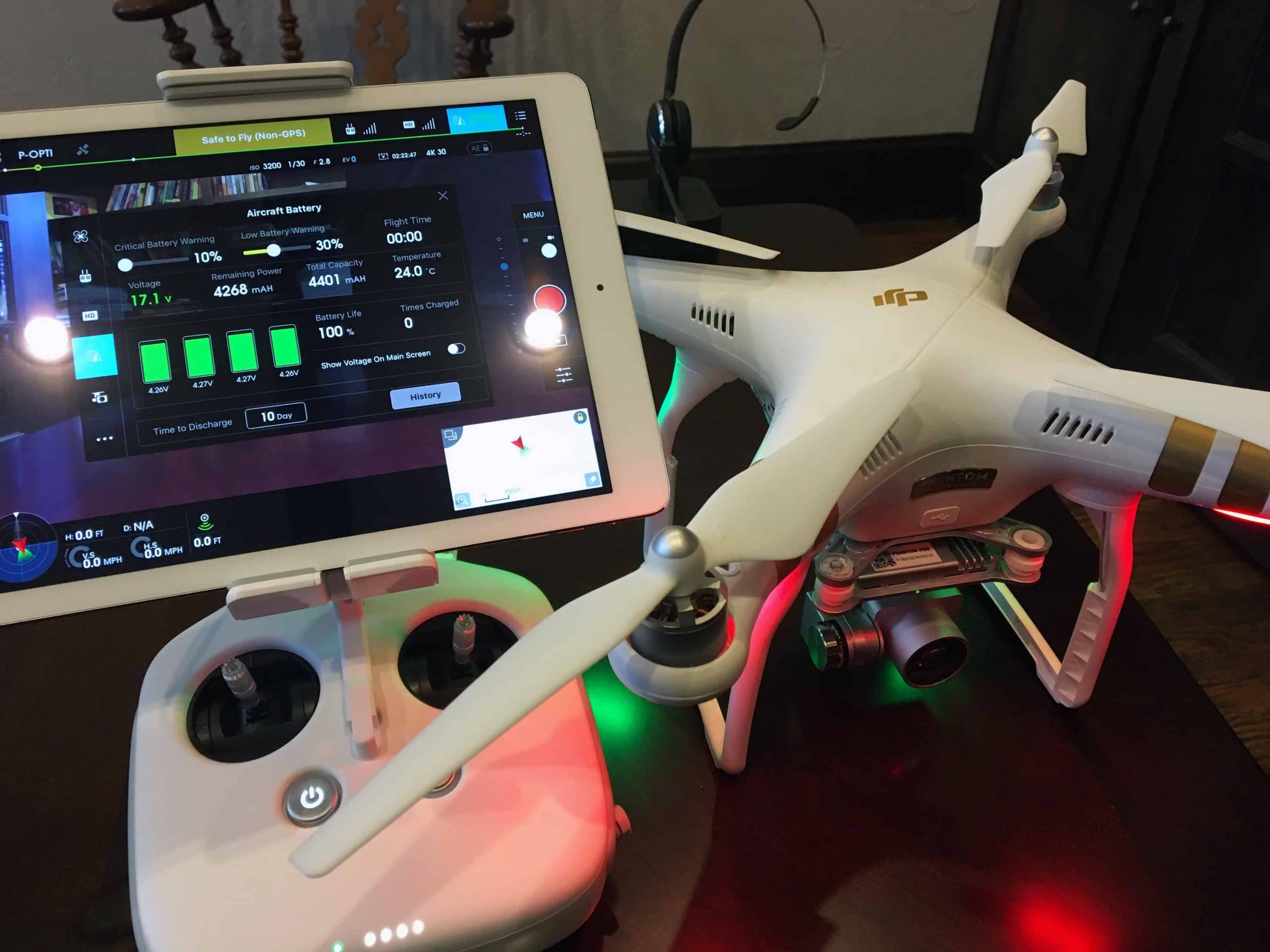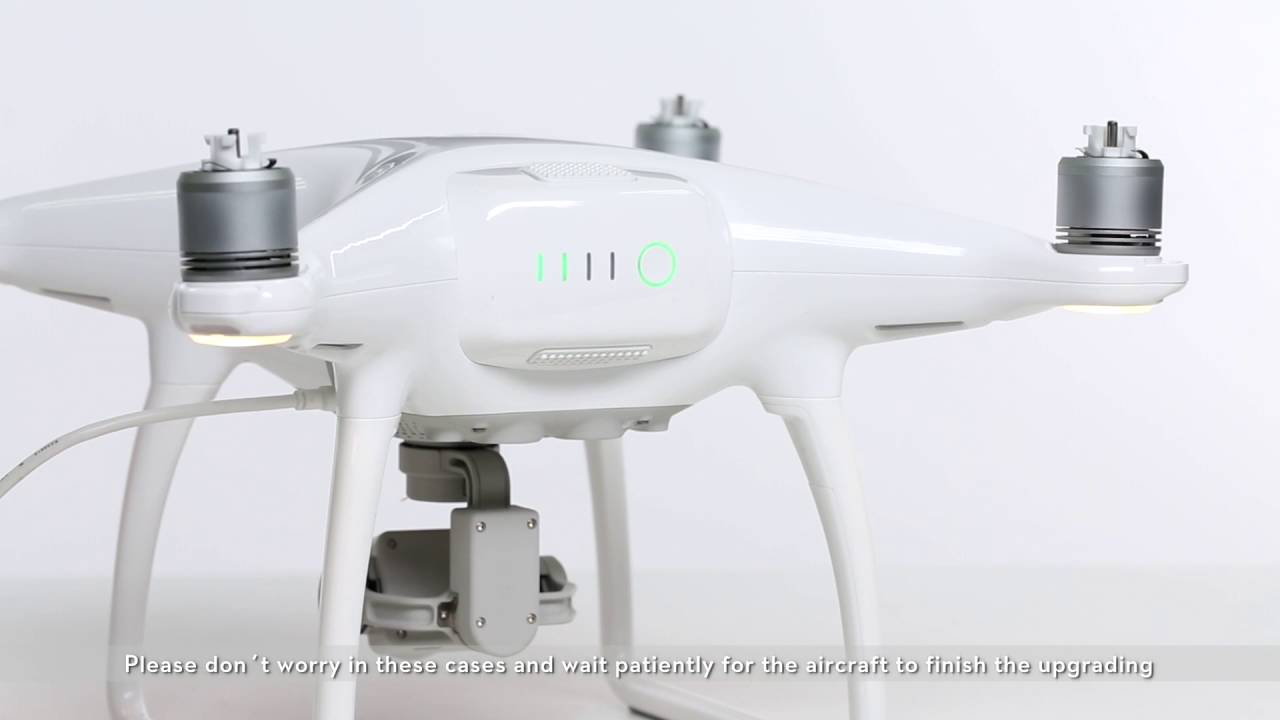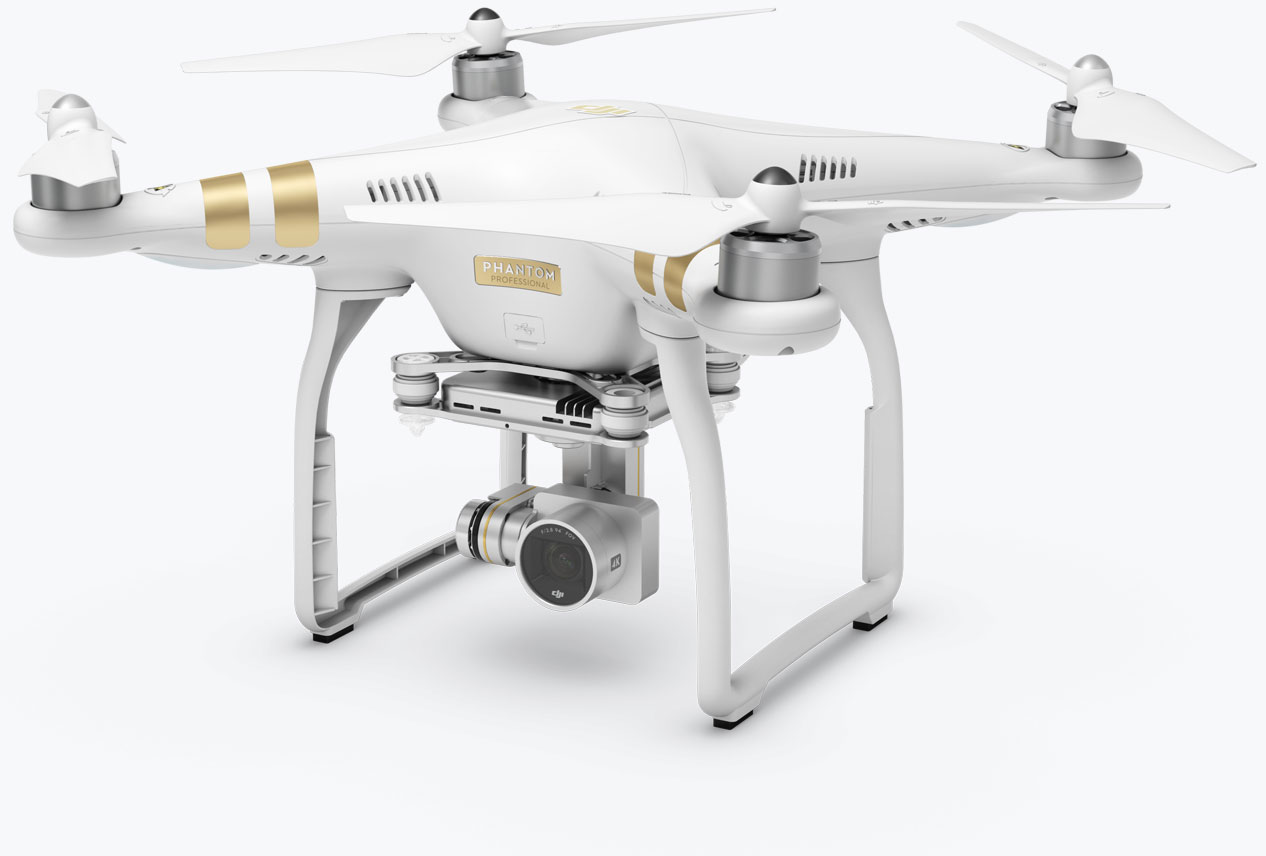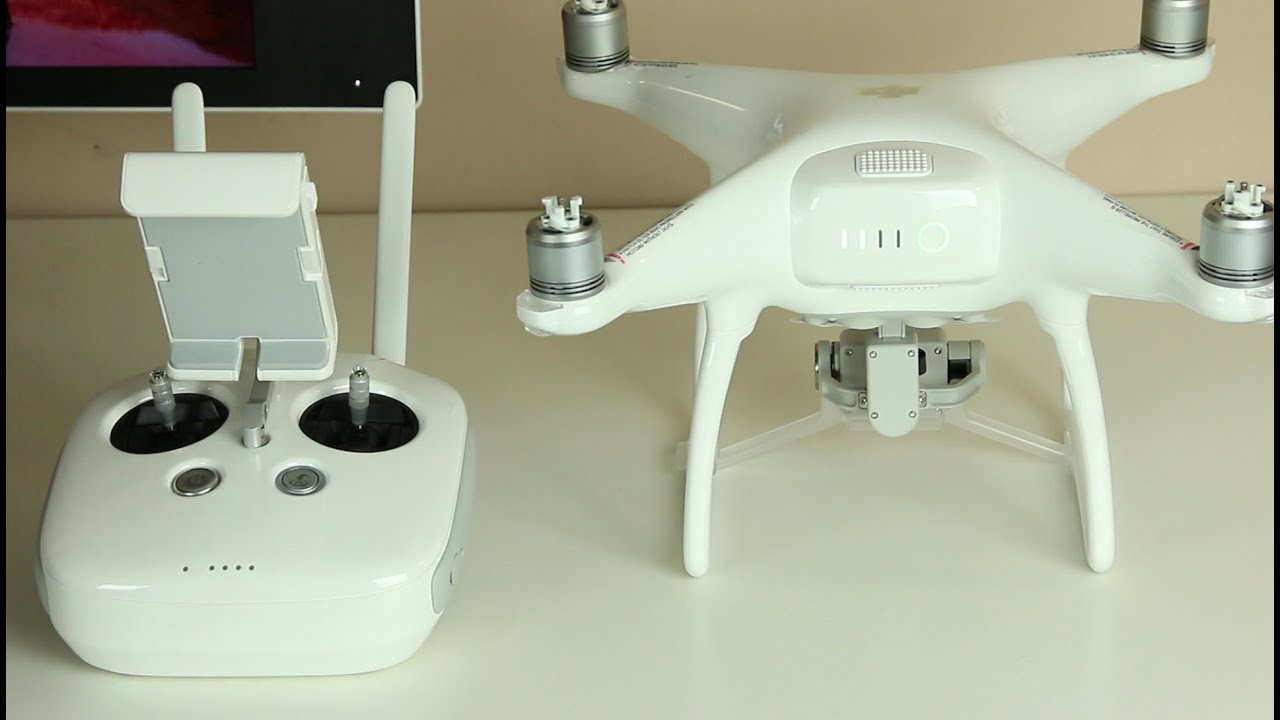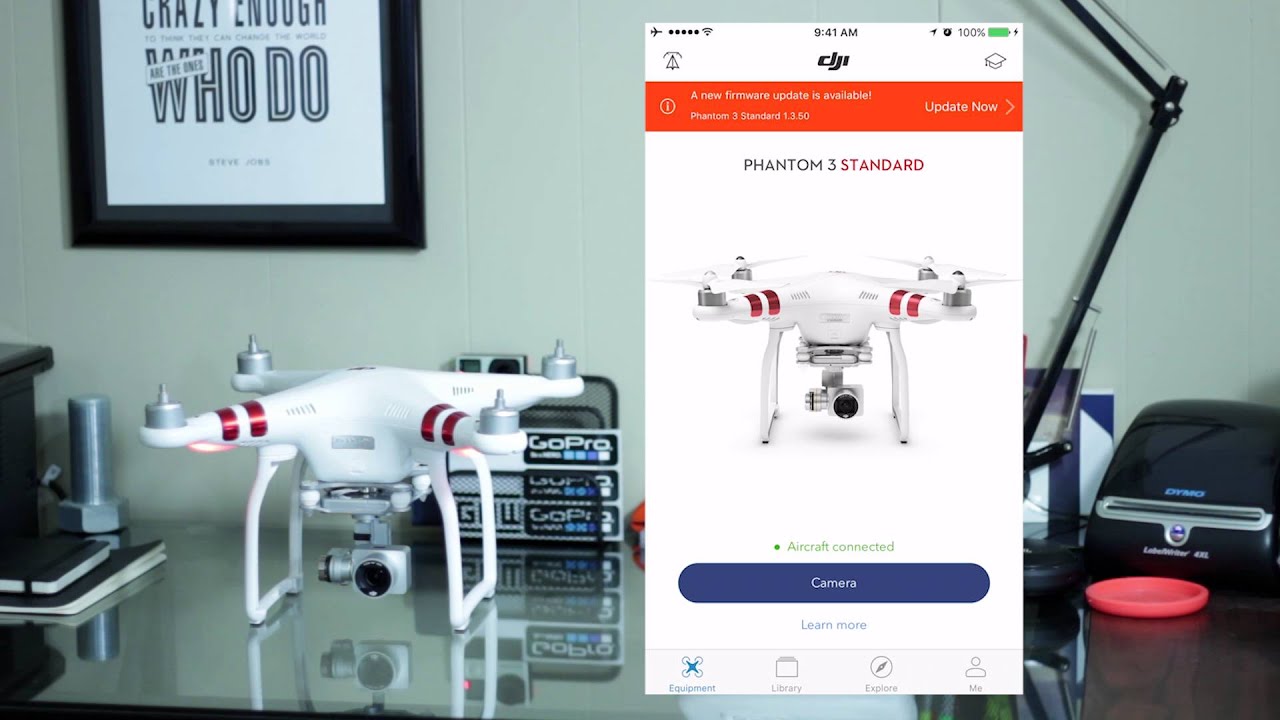Introduction:
Welcome to our guide on how to charge the DJI Phantom battery! If you’re a proud owner of a DJI Phantom drone, it’s crucial to understand the proper way to charge its battery to ensure optimal performance and longevity. The DJI Phantom battery is a valuable component of your drone, providing the power needed for your aerial adventures. In this article, we will provide you with essential information and tips on the charging process to help you get the most out of your drone’s battery.
When it comes to charging the DJI Phantom battery, there are a few key points to consider. Firstly, it’s crucial to have a clear understanding of the battery itself, including its specifications and charging requirements. It’s also important to know how to properly prepare for the charging process, whether you’re using the original DJI charger or a third-party alternative. Additionally, we’ll guide you on how to monitor the charging process to ensure safety and efficiency.
Charging your DJI Phantom battery correctly is not only essential for the performance of your drone but also for the overall safety and longevity of the battery. It’s crucial to follow the manufacturer’s guidelines and best practices to avoid any potential damage or risks associated with improper charging. By taking the time to understand and implement the right charging techniques, you’ll be able to extend the lifespan of your battery and enjoy many successful flights with your DJI Phantom drone.
In this comprehensive guide, we will cover everything you need to know about charging your DJI Phantom battery. From understanding the intricacies of the battery to exploring different charging methods, we’ll provide you with all the information you need to ensure the reliable and safe operation of your drone. So, let’s dive into the details and learn how to properly charge your DJI Phantom battery!
Understanding the DJI Phantom Battery:
Before diving into the charging process, it’s essential to have a solid understanding of the DJI Phantom battery. The DJI Phantom battery is a LiPo (Lithium-ion Polymer) battery specifically designed for use with DJI Phantom drones. It is a high-capacity battery that provides the necessary power for the drone to take flight and perform various aerial maneuvers.
The DJI Phantom battery is available in different capacities, ranging from 2200mAh to 5870mAh, depending on the model and version of the drone. The battery’s capacity determines the flight time of your drone, with larger capacity batteries providing longer flight durations. It’s important to note that using higher-capacity batteries may affect the overall weight and flight performance of your drone, so make sure to consider these factors when selecting a battery.
LiPo batteries, including the DJI Phantom battery, offer several advantages for drone enthusiasts. They provide high energy density, allowing for longer flight times compared to other battery types. LiPo batteries are also lightweight, making them ideal for aerial applications where weight is a critical factor. However, it’s important to handle and store LiPo batteries with care due to their volatile nature. Always follow safety guidelines provided by DJI when handling and charging the DJI Phantom battery.
The DJI Phantom battery is equipped with an intelligent battery management system that helps optimize charging and prolong the battery’s lifespan. This system prevents overcharging and over-discharging, ensuring the battery remains in a safe and healthy condition. It’s important to rely on this built-in protection mechanism and avoid using damaged or compromised batteries to prevent any potential safety risks.
Understanding the specifications and features of the DJI Phantom battery is crucial before proceeding with the charging process. By being familiar with the battery’s capacity, type, and safety precautions, you’ll be well-equipped to charge and use your DJI Phantom battery safely and efficiently.
Preparing for Charging:
Before you begin charging your DJI Phantom battery, there are a few essential steps to take to ensure a safe and efficient charging process. Let’s explore the key preparations you should make:
1. Check the Battery’s Condition: Before charging, inspect the battery for any signs of damage or swelling. If you notice any abnormalities, such as a bloated or punctured battery, do not attempt to charge it. Damaged batteries can pose safety risks and should be disposed of properly. Only charge batteries that are in good condition and free from defects.
2. Use a Suitable Charging Environment: Find a clean, dry, and well-ventilated area to charge your DJI Phantom battery. Avoid charging in extreme temperatures or near flammable materials. It’s also recommended to charge the battery on a non-flammable and heat-resistant surface to prevent any potential accidents.
3. Disconnect the Battery from the Drone: Before charging, make sure to disconnect the battery from the drone to avoid any unexpected power surges or malfunctions. This step ensures that the battery is isolated and will receive a proper charging current.
4. Use the Authorized Charger: It is highly recommended to use the original DJI charger that came with your drone. The DJI charger is specifically designed to meet the charging requirements of the DJI Phantom battery and includes safety features to prevent overcharging or damage to the battery. Using unauthorized or counterfeit chargers can lead to battery damage or even accidents, so it’s best to stick with the manufacturer’s recommended charger.
5. Charge in a Well-Maintained Power Outlet: Ensure that the power outlet you use for charging is in good condition and has a stable power supply. Avoid using extension cords or power strips that are overloaded or damaged. It’s crucial to have a reliable power source to prevent any interruptions or voltage fluctuations during the charging process.
By following these preparation steps, you can ensure a smooth and safe charging process for your DJI Phantom battery. Taking the time to properly prepare not only protects your battery but also safeguards your drone and surrounding environment during the charging process.
Using the Original DJI Charger:
The original DJI charger that comes with your DJI Phantom drone is specifically designed to provide a safe and efficient charging experience for the DJI Phantom battery. Here are the steps to follow when using the original DJI charger:
1. Connect the Charger to a Power Source: Plug the charger into a wall outlet or a reliable power source. Ensure that the power source is compatible with the charger’s voltage requirements.
2. Connect the Battery to the Charger: Locate the charging port on the DJI Phantom battery and connect it to the charger’s cable. Make sure the connection is secure and properly aligned. The charger should have an indicator light to indicate that it’s receiving power and is ready to charge.
3. Monitor the Charging Process: Once the battery is connected to the charger, keep an eye on the charging progress. The DJI charger typically features LED lights or other visual indicators to show the charging status. These indicators may change color or flash in different patterns to indicate various stages of the charging process.
4. Allow for Sufficient Charging Time: The DJI charger is designed to deliver the optimal charging current to the DJI Phantom battery. It’s important to give the battery enough time to charge fully. The charging time may vary depending on the battery’s capacity and the charger’s specifications.
5. Disconnect the Battery Once Fully Charged: When the DJI Phantom battery is fully charged, disconnect it from the charger. Do not leave the battery connected to the charger for an extended period after it has reached 100% charge. This will help prevent overcharging and possible damage to the battery.
Using the original DJI charger ensures that the DJI Phantom battery is charged properly and safely. It’s important to closely follow the manufacturer’s instructions and guidelines for using the original charger to maximize the performance and longevity of your battery. Remember to always unplug the charger from the power source when it’s not in use to prevent any potential electrical hazards.
Using Third-Party Chargers:
In addition to the original DJI charger, there are various third-party chargers available in the market that claim to be compatible with DJI Phantom batteries. While using third-party chargers can be a cost-effective alternative, it’s important to exercise caution and follow these guidelines:
1. Choose a Reliable and Compatible Charger: When opting for a third-party charger, ensure that it is specifically designed for DJI Phantom batteries. Look for chargers that have positive reviews and are known for their compatibility and safety features. Avoid using chargers that are not explicitly advertised as compatible with DJI Phantom batteries.
2. Follow Manufacturer Guidelines: Although you are using a third-party charger, it’s crucial to still refer to the manufacturer’s guidelines for charging the DJI Phantom battery. DJI provides important information regarding charging requirements, maximum charging rates, and safety precautions. Following these guidelines will help prevent any potential damage to the battery or accidents during the charging process.
3. Monitor Charging Progress: When using a third-party charger, pay close attention to the charging progress. Some third-party chargers may not have the same visual indicators as the original DJI charger, so you may need to rely on other methods such as monitoring the battery’s temperature or using a battery voltage checker. It’s important to ensure that the charging process is not causing any overheating or overcharging of the battery.
4. Be cautious of Charging Speed: Some third-party chargers may offer faster charging speeds than the original DJI charger. While faster charging may sound appealing, it’s crucial to consider the potential impact on the battery’s lifespan and safety. Charging too quickly can generate excess heat and put unnecessary stress on the battery. It’s recommended to opt for chargers that offer a safe and moderate charging speed to maintain the longevity of the battery.
5. Stay Mindful of Safety: Pay attention to any unusual behaviors or signs of malfunction during the charging process with a third-party charger. If you notice any issues such as excessive heat, smoke, or other safety concerns, immediately disconnect the charger and discontinue its use. Safety should always be the top priority when using any charging equipment.
While using third-party chargers for DJI Phantom batteries can be an option, it’s important to be cautious and selective to ensure the safety and performance of your battery. Always prioritize reliability, compatibility, and adherence to manufacturer guidelines when choosing a third-party charger. Regularly inspect the charger for any signs of wear or damage, and discontinue its use if any issues arise. Remember, proper charging techniques and safe equipment usage are key to maximizing the lifespan and performance of your DJI Phantom battery.
Monitoring the Charging Process:
When charging the DJI Phantom battery, it’s important to monitor the charging process to ensure safety and efficiency. Here are some key aspects to consider when monitoring the charging process:
1. Visual Indicators: The original DJI charger and some third-party chargers are equipped with visual indicators to show the charging status. These indicators may appear as LED lights or display panels that change color or flash in different patterns to indicate the charging progress. Familiarize yourself with the charger’s user manual or instructions to understand what each indicator signifies.
2. Battery Temperature: Keeping an eye on the battery’s temperature during charging is crucial. If the battery becomes unusually hot to the touch, it may indicate a potential issue with the charging process. Excessive heat can be a sign of overcharging or a faulty charger. In such cases, it’s important to disconnect the battery from the charger and investigate the cause of the temperature rise before proceeding further.
3. Charging Time: Monitor the elapsed time during the charging process. The charging time may vary depending on the battery’s capacity and the charging rate of the charger. Refer to the manufacturer’s guidelines to ensure you are allowing sufficient time for the battery to reach a full charge. Overcharging the battery by leaving it connected for an extended period can degrade its performance and lifespan.
4. Voltage and Current: Some third-party chargers offer the ability to monitor the battery’s voltage and current during the charging process. This information can provide valuable insights into the battery’s charging status and health. Check if your charger has this functionality and utilize it to ensure the charging process is within the recommended parameters.
5. Unattended Charging: It is strongly advised not to leave the charging battery unattended. While modern chargers have safety features designed to prevent overcharging and other potential issues, it’s important to be present and ready to take action if any problems arise. Being physically present during the charging process allows you to react promptly in case of any abnormal behaviors or safety concerns.
Monitoring the charging process is essential to ensure a safe and efficient battery charging experience. By paying attention to visual indicators, battery temperature, charging time, and other critical factors, you can minimize potential risks and ensure the longevity of your DJI Phantom battery. Remember, safety should always be a top priority, and immediate action should be taken if any abnormalities or safety concerns arise during the charging process.
Best Practices for Battery Charging:
To ensure the optimal performance and longevity of your DJI Phantom battery, it’s important to follow these best practices when charging:
1. Charge at the Right Temperature: Charge the battery within the recommended temperature range specified by DJI. Charging the battery at extreme temperatures, whether too hot or too cold, can negatively impact its performance and overall lifespan. Avoid charging in direct sunlight or in freezing conditions.
2. Avoid Deep Discharges: Try to avoid fully discharging the battery before recharging. While modern lithium-ion batteries are less susceptible to the “memory effect,” frequent deep discharges can still lead to reduced capacity over time. Aim to recharge the battery after each flight or when it reaches around 20-30% capacity remaining.
3. Allow for Sufficient Rest Periods: After a flight or a charging session, give the battery an adequate rest period before charging or using it again. Allowing the battery to cool down after use or charging helps maintain its overall health and performance. DJI recommends a resting period of approximately 10 minutes before charging a battery that has been used or recently charged.
4. Store the Battery Properly: If you are not planning to use the battery for an extended period, make sure to store it in a cool and dry place. DJI recommends storing the battery between 20-25°C (68-77°F), with a charge level between 40-65%. Regularly check the battery’s charge level during storage and top it up if it drops below the recommended range.
5. Regularly Update Firmware: Keep your drone and battery firmware up to date by regularly checking for firmware updates on the DJI website or through the DJI Go app. Firmware updates often include improvements to battery performance, charging algorithms, and overall safety features. Staying up to date ensures you have the latest enhancements for your battery charging process.
6. Use the DJI Battery Hub: If available for your particular DJI Phantom model, consider using the DJI Battery Hub for charging multiple batteries simultaneously. The Battery Hub helps streamline the charging process and ensures that each battery is charged using the appropriate charging algorithm for optimal performance and safety.
7. Follow Manufacturer Guidelines: Always refer to the DJI user manual, guidelines, and recommendations for your specific DJI Phantom model. The manufacturer’s guidelines contain valuable information regarding charging procedures, safety precautions, and other important considerations specific to your drone and battery. Following these guidelines will help ensure a safe and efficient charging process.
By implementing these best practices for charging your DJI Phantom battery, you can maximize its performance and prolong its lifespan. Properly maintaining and charging the battery will not only enhance your flight experiences but also ensure the safe operation of your drone. Remember, taking care of your battery is essential for long-term enjoyment and reliability of your DJI Phantom drone.
Conclusion:
Charging your DJI Phantom battery correctly is crucial for the optimal performance, longevity, and safety of your drone. By understanding the DJI Phantom battery, preparing for charging, using the original DJI charger or third-party chargers responsibly, monitoring the charging process, and following best practices, you can ensure a smooth and efficient charging experience.
Understanding the specifications and features of the DJI Phantom battery is essential before diving into the charging process. Familiarize yourself with its capacity, type, and safety precautions to handle and store it correctly.
Preparing for charging involves checking the battery’s condition, finding a suitable charging environment, disconnecting the battery from the drone, and using the authorized charger. Following these steps minimizes the risk of damage to the battery or accidents during charging.
In using the original DJI charger or third-party chargers, be sure to connect the charger to a power source, connect the battery securely, monitor the charging process, and disconnect the battery once fully charged. Choosing a reliable and compatible charger is crucial, and following the manufacturer’s guidelines is highly recommended.
Monitoring the charging process helps ensure safety and efficiency. Visual indicators, battery temperature, charging time, and voltage/current monitoring play a vital role. Being present and attentive during the charging process allows you to detect any abnormalities and take necessary actions promptly.
Finally, following the best practices for battery charging, such as charging at the right temperature, avoiding deep discharges, allowing for sufficient rest periods, proper storage, regular firmware updates, and adhering to manufacturer guidelines, will maximize the performance and lifespan of your DJI Phantom battery.
By implementing these guidelines and best practices, you can maintain a healthy and reliable DJI Phantom battery, allowing you to enjoy countless successful flights and capturing stunning aerial moments.







